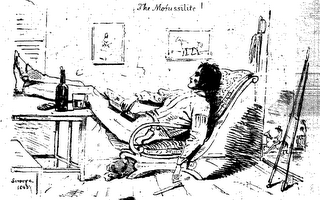Dehradun: Prime Minister Sh. Narendra Modi presented Australian PM Tony Abbott, a commemorative Photo Collage dedicated to the memory of Mr. John Lang, an Australian with a remarkable Indian connection. The collage was presented at the beginning of the bilateral talks between the two leaders at the Australian Parliament in Canberra on 18 November 2014.
John Lang had intervened on behalf of Rani Lakshmibai of Jhansi, writing a memorandum dated June 08, 1854, to Governor General Lord Dalhousie on the Doctrine of Lapse. Interestingly, Rani Lakshmibai originally hailed from Varanasi, the constituency now represented in the Lok Sabha by the Prime Minister. A photograph and the related documents of the Memorandum were a part of this unique gift which Narendra Modi presented to Tony Abbott.
The collage contains the following other significant photographs:
1. Photo of Marriage Certificate of John Lang with Margaret Wetter, Christ Church of Mussoorie, India, 11 May 1861
2. Photo of John Lang's final resting place, Camel's Back Road Cemetery, Mussoorie, India
3. Photo of a Commemorative Plaque in memory of John Lang, Christ Church of Mussoorie, India
(Source: text and photograph- pib.nic.in)




